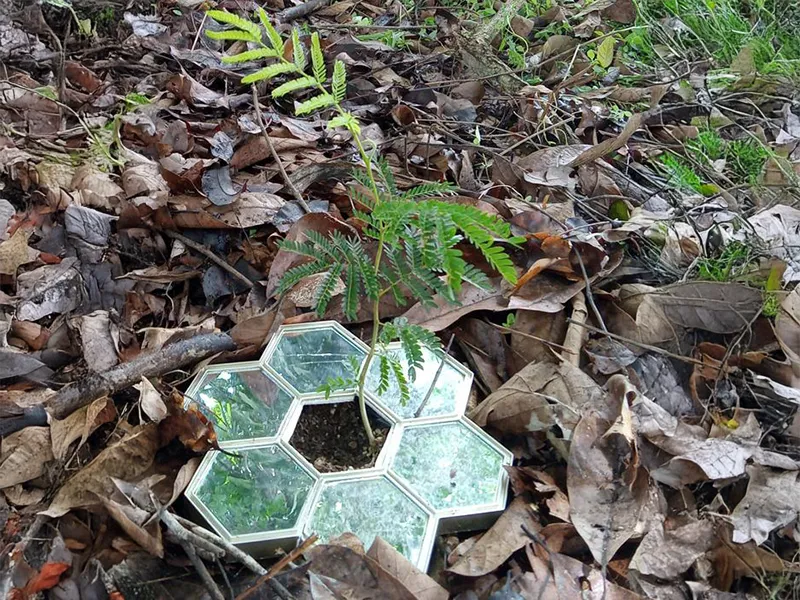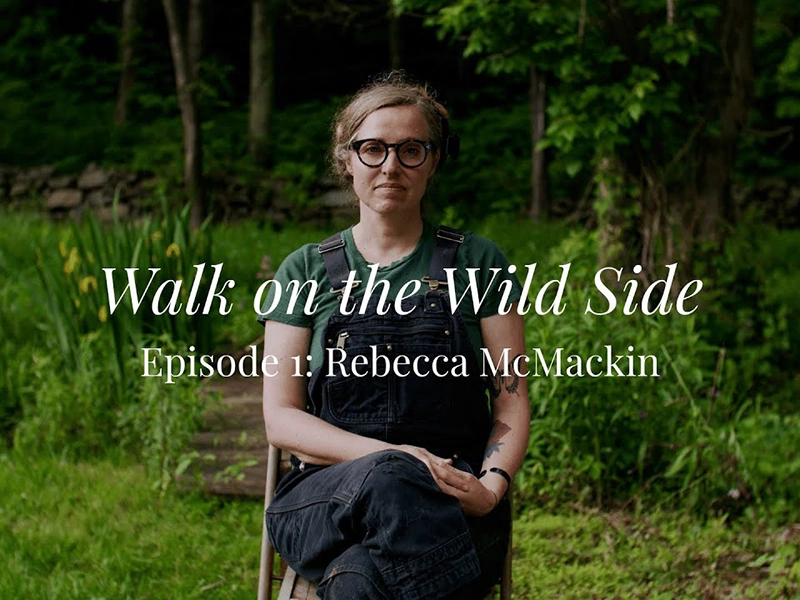
Researchers trying to save three species of the legume tree Serianthes nelsonii, the most endangered plant species in the Mariana Islands, east of the Philippines, have found a novel way to assist their survival reports industry journal, Commercial Horticulture (October-November, 2024)
Placing small mirrors beneath seedlings significantly improves their survival and growth rates. There is reckoned to be only one mature tree of S. nelsonii left on the island of Guam and 121 on nearby Rota.
The researchers say that while many seedlings emerge each year beneath the single S. nelsonii tree, indicating considerable regeneration potential, most die in less than one month. The same is true of seedlings raised in nurseries and transplanted back into the wild. Although little research has previously been done, insufficient light reaching the seedlings on the forest floors of the islands is thought to be one of the main causes for the seedlings’ failure.
Now, the Plant Physiology Laboratory at the University of Guam has found that placing small mirrors around plants provides significant additional reflected light to improve both growth and survival rates. In a report in Agronomy Journal, Professor Thomas Marler says: “Below-plant mirrors increased stem height by 51 per cent for the three species (S. nelsonii, S.grandiflora and S. kanehirae), with greater stem diameter and ending leaf number also occurring for plants with mirrors.
“Below-plant mirrors increased S. grandiflora seedling survival to 161% and longevity to 236 per cent compared to plants without mirrors under forest cover.
“The plants receiving mirrors also increased by 175 per cent in height, 60 per cent in stem diameter, and 117 per cent in leaf number compared to the plants without mirrors.
“These findings indicate that passive solar engineering by exploiting below-plant light reflection may be used as a serianthes conservation protocol to improve seedling survival and growth under shaded conditions.”
The study revealed that the light reflected from the mirrors was more than 70 per cent of incoming ambient light at midday in some cases. For more information see https://www.eurekalert.org/news-releases/1058208.





